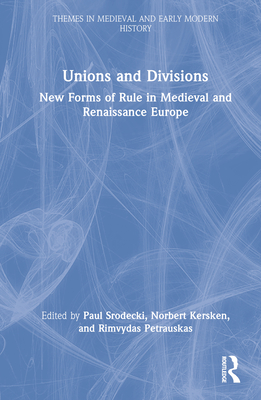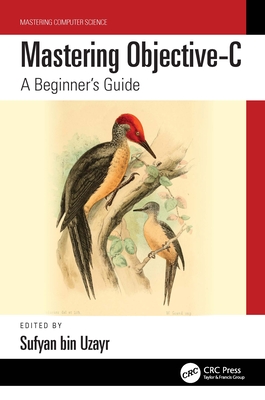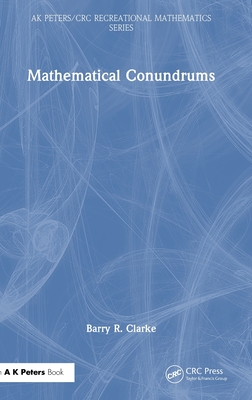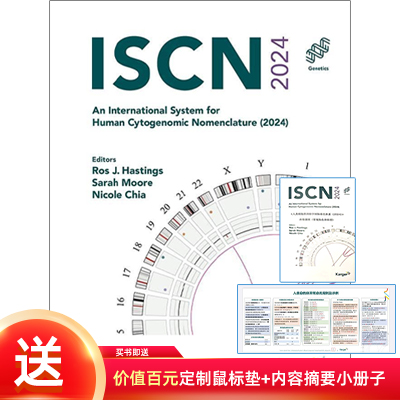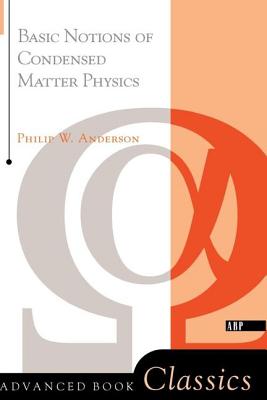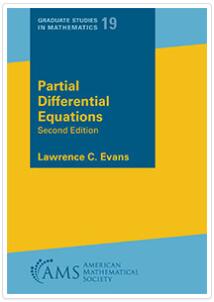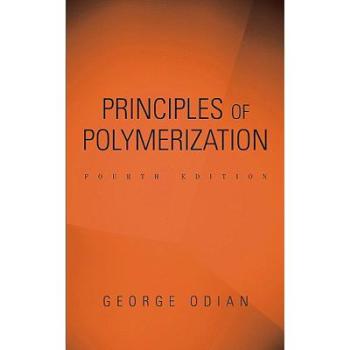图书简介
Providing a comprehensive and engaging account of personal unions, composite monarchies and multiple rule in premodern Europe, Unions and Divisions. New Forms of Rule in Medieval and Renaissance Europe uses a comparative approach to examine the phenomena of the medieval and renaissance unions in a pan-European overview.In the later Middle Ages, genealogical coincidences led to caesuras in various dynastic successions. Solutions to these were found, above all, in new constellations which saw one political entity becoming co-managed by the ruler of another in the form of a personal union. In the pre-modern period, such solutions were characterised by two factors in particular: on the one hand, the entry of two countries into a union did not constitute a military annexation — even though claims to the throne were all too often imposed by force; on the other hand, the new unitarian constellation retained, at least de jure, the independence of its respective components.. The twenty-four essays, ranging in scope from Scandinavia to Iberia, from England and France to Central and Eastern Europe, examine whether the respective unions were the result of careful planning and deliberations in the face of a long-foreseen succession crisis or whether they emerged from dynamic developments that were largely reactive and dependent upon various random factors and circumstances. Each union is assessed to provide an understanding, for students and researchers, of the political and social forces involved in the respective countries and investigates how the unions were reflected in contemporary literature (pamphlets, memoranda, chronicles, diaries etc.), propaganda and in legal and historical discourses.This volume is essential reading for students and researchers interested in the history of monarchy, political history and social and cultural history in premodern Europe.
Preface PART I: CONCEPTUAL AND THEORETICAL FRAMEWORKS 1. Introduction: Medieval and Renaissance Personal Unions - Main Debates, New Approaches 2. Unions as a Structural Element: Preconditions, Intentions, and Realisations 3. Dynasties and Dynastic Rule between Elite Reproduction and State Building in Europe, 1300-1600 PART II: BETWEEN COERCION AND POLITICAL REASON 4. Dynastic Unions and the Development of Solid and Widespread Christian Polities in Iberia, 1100-1300 5. Angevin Empire: Between Dynastic Construct and Imperial Government 6. On the Genesis of the Polish-Lithuanian Union 7. For the Rescue of the Eastern Policy? The Union of the Grand Duchy of Lithuania with the King-dom of Poland and Relations with their Eastern Neighbours 8. Bishop, Administrator, Guardian: Albert of Hoya ( 1473) and His Reign in Minden, Osnabruck and Hoya PART III: BETWEEN ASPIRATION AND REALITY 9. The Title rex Galiciae between Ambitions and Reality 10. The Union between Hungary and Croatia: Facts and Legends 11. The Lusatias in Personal Union with Brandenburg and Bohemia 12. The Foreign Policy of the Last Premyslids: A First Attempt at Unifying Central Europe? 13. How Did the Grand Masters of the Teutonic Order Interpret their Dependence on the Polish Crown (1466-1497)? 14. An Autonomous Dependency? The Unstable Relationship between the Elites in Royal Prussia and the Polish Crown 1466-1569 15. Feoffment as a Tool in the Safeguarding of Power? Dithmarschen between Holsatian and Archi-episcopal Power Claims (1500-1559) PART IV: BETWEEN COINCIDENCE AND INTENTION 16. Wenceslaus II Premyslid and Louis I of Hungary: Two Personal Unions in the History of the Polish Kingdom in the Fourteenth Century 17. Mary and Maximilian I - Burgundy and Habsburg: Rise of an Empire 18. Albert II of Habsburg’s Composite Monarchy and its Significance for Central Europe 19. The Rulers of Poland-Lithuania and the Issue of Church Union from the Late Fourteenth to Early Sixteenth Centuries 20. The Unions between Sleswick, Holsatia and Denmark in the Fifteenth and Sixteenth Centuries and their Nordic Precursors PART V: BETWEEN DYNASTIC EXTENSION AND OVERSTRETCHING 21. The Union Wars within the Nordic Kalmar Union, 1448-1523 22. The Policies for and from the Dynastic Union: The Crowns of Castile and Aragon in the Fifteenth Century 23. Corona regni Bohemiae: An Idea of the Luxemburgers and Their Successors for the Integration of Central Europe 24. Towards ’the Danube Monarchy’? The Political Legacy of Emperor Sigismund and its Executors in the Fifteenth Century 25. Jagiellonian Attempts at Creating a Dynastic Great Power between the Baltic and the Black Seas and the Adriatic around 1500
Trade Policy 买家须知
- 关于产品:
- ● 正版保障:本网站隶属于中国国际图书贸易集团公司,确保所有图书都是100%正版。
- ● 环保纸张:进口图书大多使用的都是环保轻型张,颜色偏黄,重量比较轻。
- ● 毛边版:即书翻页的地方,故意做成了参差不齐的样子,一般为精装版,更具收藏价值。
关于退换货:- 由于预订产品的特殊性,采购订单正式发订后,买方不得无故取消全部或部分产品的订购。
- 由于进口图书的特殊性,发生以下情况的,请直接拒收货物,由快递返回:
- ● 外包装破损/发错货/少发货/图书外观破损/图书配件不全(例如:光盘等)
并请在工作日通过电话400-008-1110联系我们。
- 签收后,如发生以下情况,请在签收后的5个工作日内联系客服办理退换货:
- ● 缺页/错页/错印/脱线
关于发货时间:- 一般情况下:
- ●【现货】 下单后48小时内由北京(库房)发出快递。
- ●【预订】【预售】下单后国外发货,到货时间预计5-8周左右,店铺默认中通快递,如需顺丰快递邮费到付。
- ● 需要开具发票的客户,发货时间可能在上述基础上再延后1-2个工作日(紧急发票需求,请联系010-68433105/3213);
- ● 如遇其他特殊原因,对发货时间有影响的,我们会第一时间在网站公告,敬请留意。
关于到货时间:- 由于进口图书入境入库后,都是委托第三方快递发货,所以我们只能保证在规定时间内发出,但无法为您保证确切的到货时间。
- ● 主要城市一般2-4天
- ● 偏远地区一般4-7天
关于接听咨询电话的时间:- 010-68433105/3213正常接听咨询电话的时间为:周一至周五上午8:30~下午5:00,周六、日及法定节假日休息,将无法接听来电,敬请谅解。
- 其它时间您也可以通过邮件联系我们:customer@readgo.cn,工作日会优先处理。
关于快递:- ● 已付款订单:主要由中通、宅急送负责派送,订单进度查询请拨打010-68433105/3213。
本书暂无推荐
本书暂无推荐
